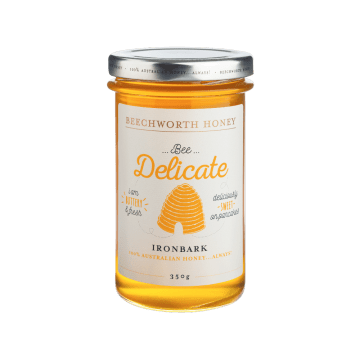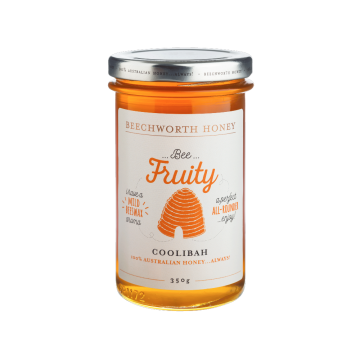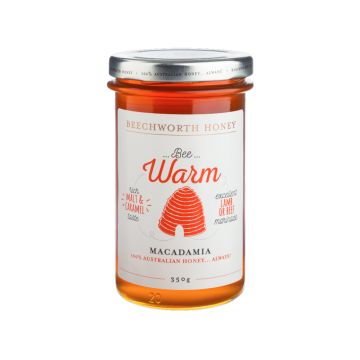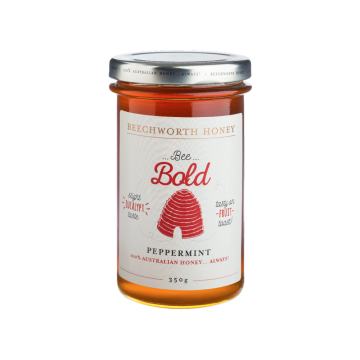Single Varietal Honey
Our single varietal honeys are a true reflection of nature with each plant species creating distinctly different colours, tastes and textures of honey.
What is single varietal honey?
Every batch of honey is different and directly linked to the nectar source and the proportions of nectar from the floral diversity of the site. This is part of the magic of natural honey.
On each trip to gather nectar the foraging bee will only visit one type of flower. This ‘floral fidelity’ is one of the endearing characteristics of the honeybee, and helps us to identify and produce a honey that will reflect one unique source.
Shop Single Varietal Honey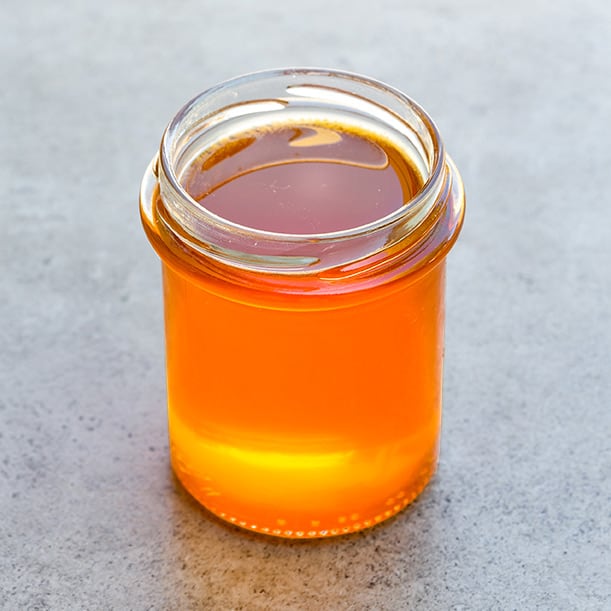
Delicate
At the lighter end of the spectrum, these honeys are generally very light in amber colour and deliciously sweet. They are soft on the palate and with a buttery mouthfeel. A great place to start your honey journey.
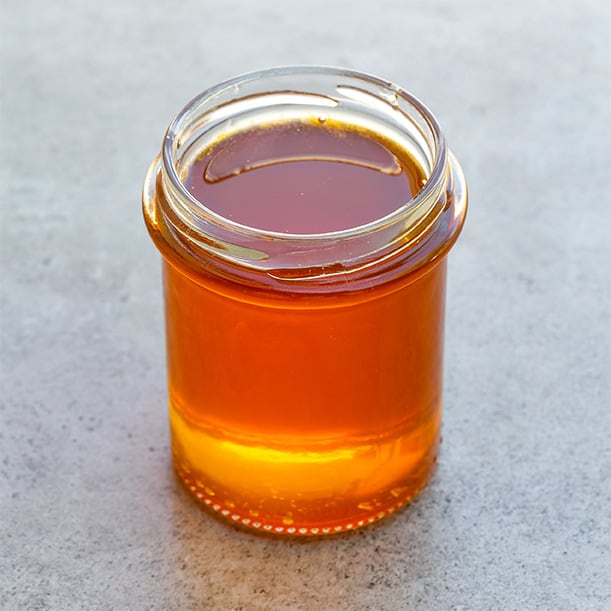
Fruity
This style of honey is generally medium amber in colour, with bright and a fresh flavours. You will find honeys in this group with flavours and aromas of citrus, berries and the distinct characteristics of the Australian bush. An everyday honey lover’s paradise.
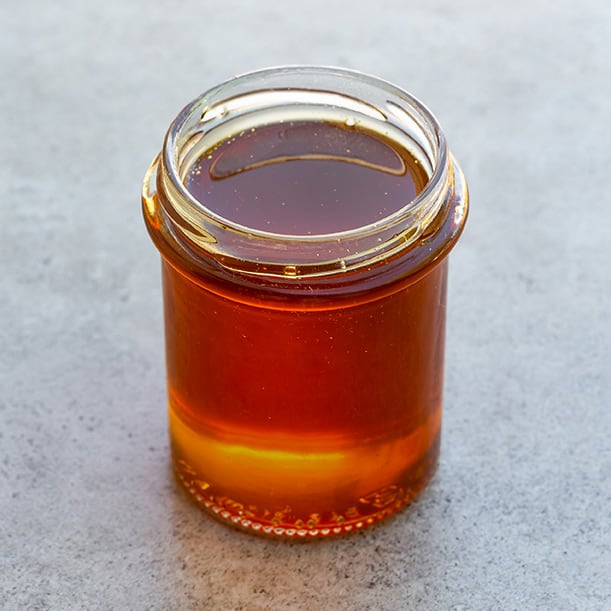
Warm
Single Varietal honeys in the warm profile are generally medium amber in colour. We’re starting to find flavours and aromas of toffee, caramel, brown sugar and stewed fruits, however not all of these honeys are intensely sweet. A fantastic honey to use in your cooking.
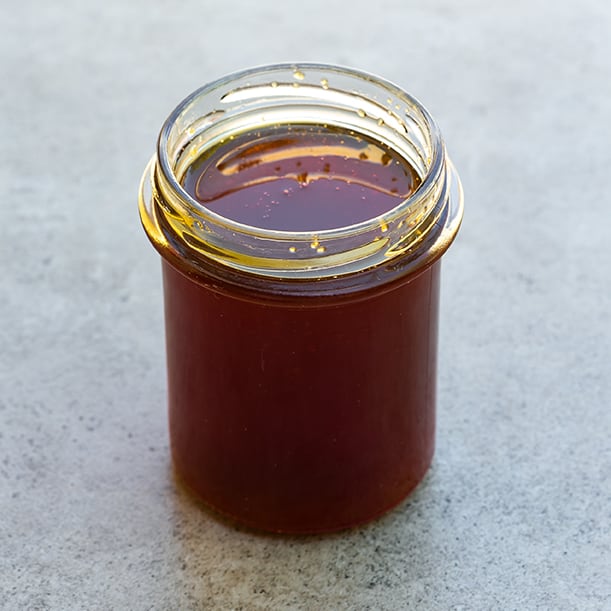
Bold
At the end of the spectrum, we come to our more intense and complex honeys. Much deeper in colour, you’ll start to find words like strong, robust and bitey, however the colour can vary from light to dark amber to a deep amber. Flavours and aromas range from woody and roasted nuts to molasses and menthol. A diverse and complex collection of honey to discover with lovely lingering flavours.
Australia has the largest collection of single varietal honeys in the world!
Australia has more than 780 species which were historically known as eucalypts. Many have since been reclassified to include myrtaceae, angophora and corymbia. Each of these species has the potential to produce food for honeybees and other insects.
In addition to the eucalypt group there are hundreds of other natives; wattles, bottlebrushes, melaleucas, mangroves, banksias, leptospermums, grevilleas and hakea’s that bees can visit. Then of course there are all the flowers, trees and western food producing crops introduced to Australia that bees may visit in Australia.
Australia’s floral diversity makes it the bee utopia of the world but it also makes it one of the most complicated places to be a beekeeper. The flowering patterns of Australia’s native flora are wide and varied.
Beechworth Honey has Australia’s largest collection of single varietal honeys, with over 40 honeys to discover. This range also includes the exciting discovery and release of rare and limited edition honeys.
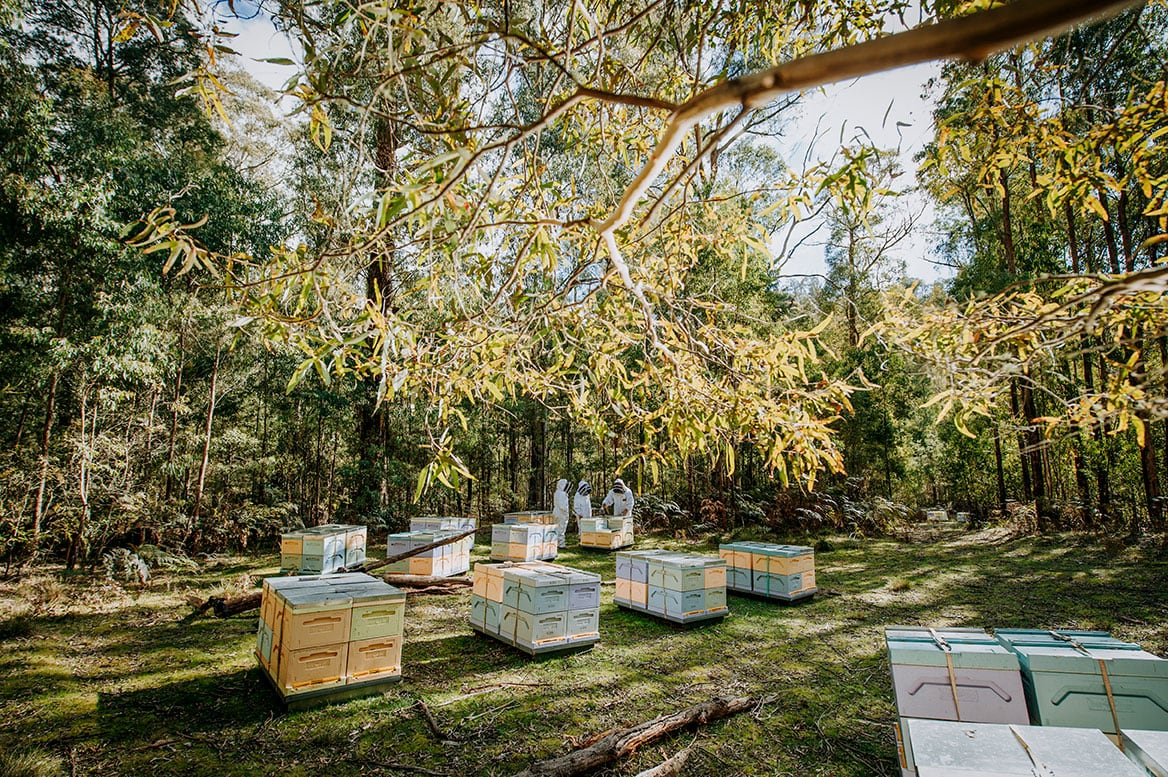
Hives strategically placed among native eucaplyt forest
Explore more types of honey
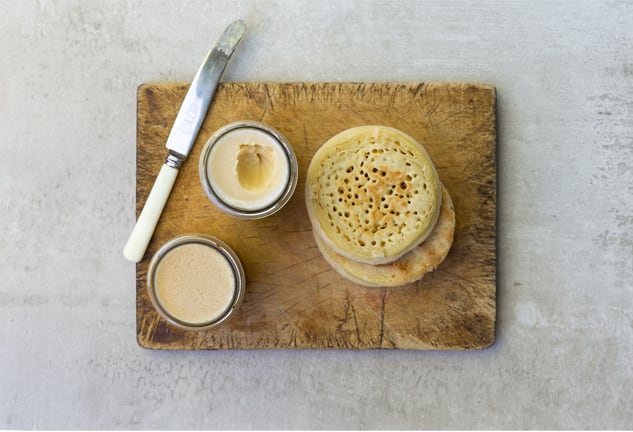
Creamed Honey
Creamed honey is a dense and luscious honey, favoured for its spreadability. But how is it made? And no, there is no cream involved!
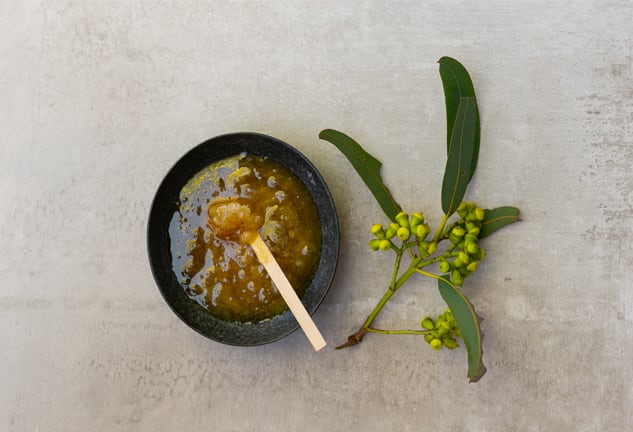
Raw Honey
Minimal intervention and a light touch ensures that all of our honey is in fact defined as raw honey! Let us take you through what that process looks like.
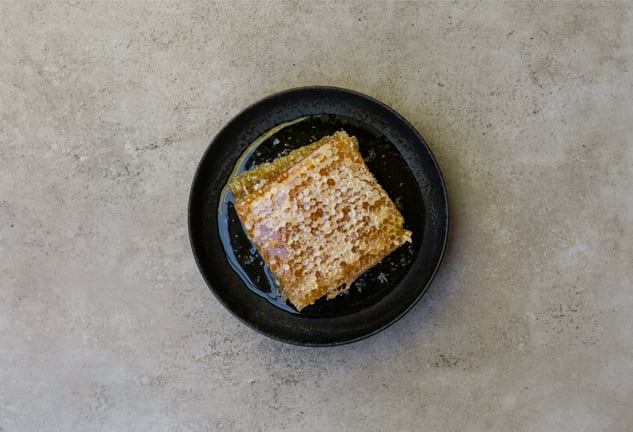
Pure Honeycomb
This fascinating byproduct of honey making is in its own right a unique delicacy that should be celebrated and enjoyed!


